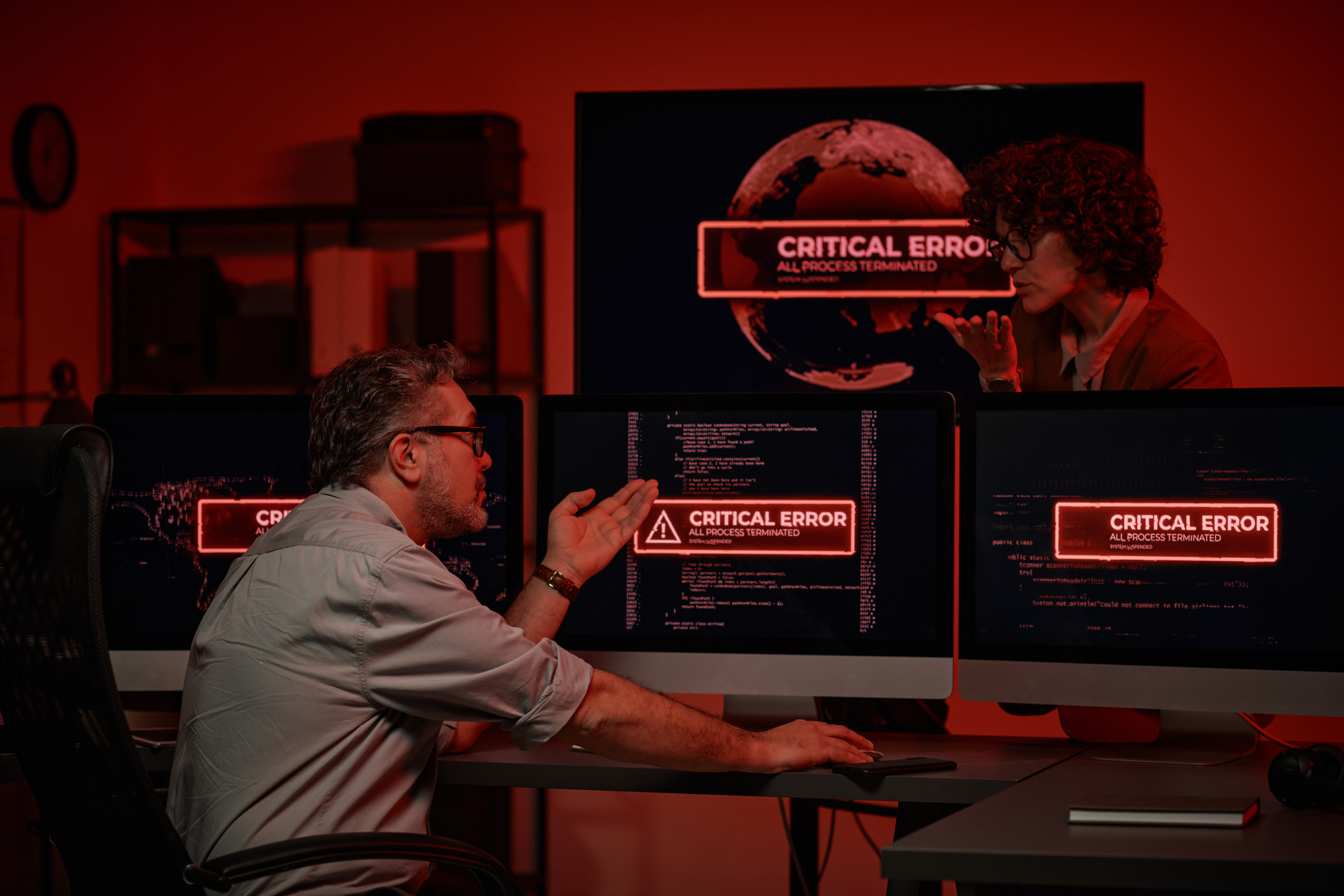May 2, 2025By Rocheston
🏥 AI in Healthcare Cybersecurity: Protecting Patient Data In an era of digital transformation, healthcare is more connected than ever. From electronic health records (EHRs) and telemedicine to wearable devices and AI-driven diagnostics, patient care is now data-driven. But with this connectivity comes risk: Cybercriminals now see healthcare data as more valuable than credit card
May 1, 2025By Rocheston
💰 How Financial Institutions Use AI to Prevent Cyber Attacks In today’s hyper-connected economy, financial institutions are prime targets for cybercriminals. From phishing scams to sophisticated ransomware and insider threats, the stakes are sky-high—where even a minor breach can lead to devastating financial and reputational loss. To stay ahead of evolving threats, banks, insurance firms,
May 1, 2025By Rocheston
🤝 The Importance of Trust in AI Cyber Tools Artificial Intelligence is transforming cybersecurity—from threat detection and incident response to predictive analytics and user behavior monitoring. But as AI becomes more integrated into our defenses, there’s one critical factor that determines its success or failure: Trust. Without trust, even the most advanced AI cyber tools
April 30, 2025By Rocheston
⚖️ Are AI-Powered Security Systems Too Powerful? Artificial Intelligence is rapidly becoming the cornerstone of modern cybersecurity—monitoring networks, detecting anomalies, neutralizing threats, and automating responses in real-time. But as AI systems grow more intelligent, autonomous, and all-seeing, a growing question looms: Are AI-powered security systems becoming too powerful? Let’s explore the benefits, risks, and the
April 30, 2025By Rocheston
🏛️ Governance Models for AI in Cyber Defense AI is transforming cybersecurity—enhancing threat detection, automating incident response, and scaling security operations like never before. But with this power comes a serious question: Who governs the AI that governs our digital world? In cyber defense, unregulated or unchecked AI can lead to false positives, privacy violations,
April 29, 2025By Rocheston
🔍 Transparent AI in Security: Why Explainability Matters As artificial intelligence becomes the backbone of modern cybersecurity—identifying threats, flagging anomalies, and automating responses—one essential question arises: Can we trust what we don’t understand? Explainability, also known as transparent AI, ensures that security professionals (and even regulators) can comprehend how an AI system reaches its decisions.
April 29, 2025By Rocheston
🧠 How to Build Ethical AI for Cybersecurity AI is transforming cybersecurity—detecting threats faster, responding to incidents in real time, and protecting systems at a scale humans can’t match. But with this power comes a serious challenge: How do we ensure AI in cybersecurity is ethical, fair, and trustworthy? In a field where mistakes can
April 29, 2025By Rocheston
👁️ AI Surveillance: Security or Invasion of Privacy? In a world of rising cyber and physical threats, AI-powered surveillance systems promise safety, efficiency, and predictive defense. From facial recognition in public spaces to behavioral tracking in corporate networks, AI is revolutionizing how we monitor and protect. But with great power comes an equally great concern:Where
April 28, 2025By Rocheston
🤖 Human vs Machine: Who Should Control AI in Security? Artificial Intelligence (AI) is rapidly becoming the brain behind modern cybersecurity.It spots threats in milliseconds, processes mountains of data, and even fights back automatically.But this rise of machine autonomy raises a crucial, often uncomfortable question:Should humans or machines be in charge of cybersecurity decisions? The
April 28, 2025By Rocheston
🧠 How AI Fights Social Engineering Attacks Social engineering attacks prey on the weakest link in cybersecurity: human psychology.Whether it’s phishing, pretexting, baiting, or CEO fraud, attackers manipulate trust, fear, or urgency to trick users into revealing sensitive information or giving access. Traditional security tools like firewalls and antivirus can’t always detect these manipulations—because the










